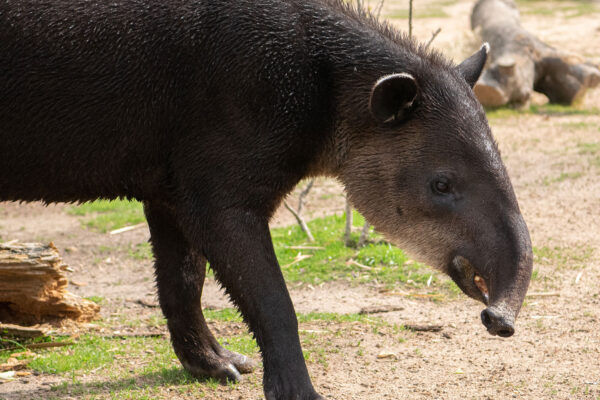Animal Facts
Scientific Name
Tapirus bairdii
Range
Southern Mexico, through Central America to the western side of the Andes in Colombia
Location in the Zoo
South America’s Pantanal
Cool Animal Facts
These nocturnal vegetarians are wide-ranging and responsible for eating a lot and vegetation and dispersing seeds, making them “the Gardeners of the Forest.” Their closest relatives are the horse and rhinoceros families.
How we Help Save Them
- We provide support for our conservation partners to train students to be future conservation leaders.
- We provide support for our partners to monitor where and how tapirs are being hit and killed by vehicles. This information will inform future wildlife protection plans.
- We have provided support for our conservation partners to monitor 85 satellite collared wild tapirs in Brazil, comprising the largest tapir study in the world.
More About our Saving Wildlife Efforts
Prior to the beginning of the Lowland Tapir Conservation Initiative (LTCI), little was known about the health of their populations or the places where they lived. The Zoo has provided funding and support for their wild tapir satellite-collar and camera-trapping studies across the region. From these studies, we have learned that the Pantanal is the most important stronghold for the species so the Zoo is supporting LTCI’s work with Brazilian landowners, schools, and the media to increase public interest and understanding of tapirs and involving them in conservation efforts.

